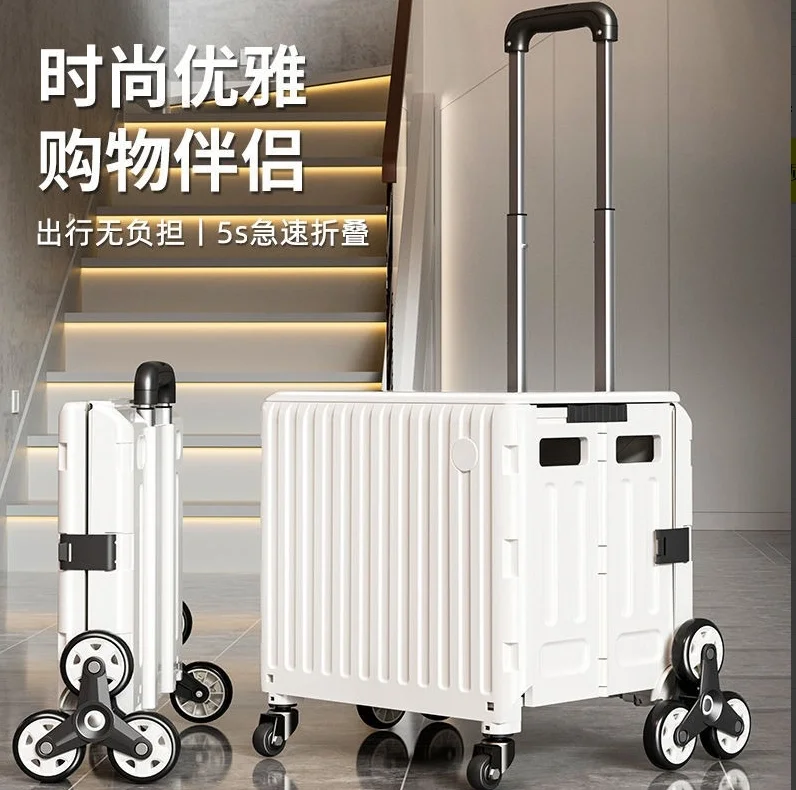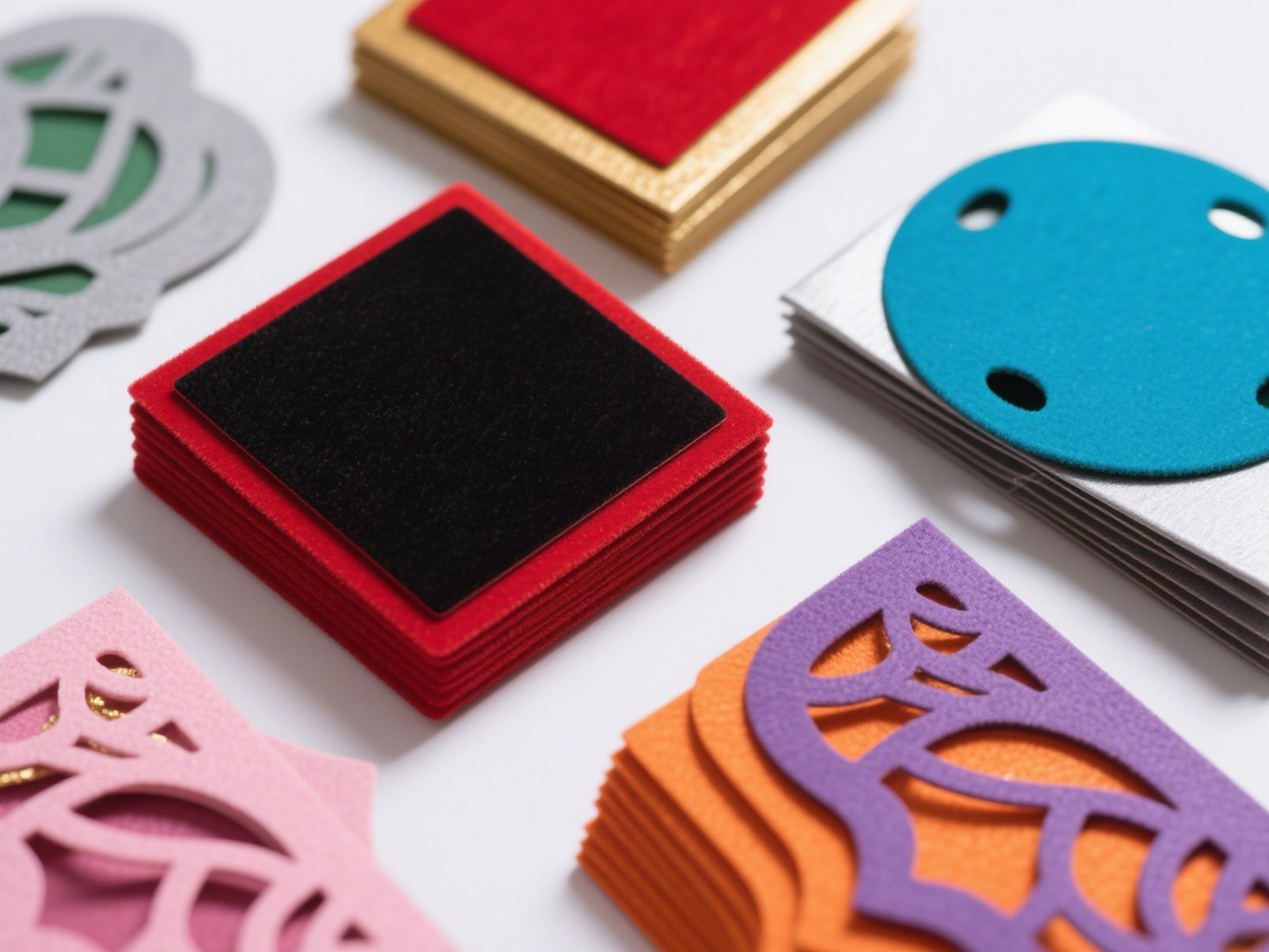Heat exchangers are critical components in various industrial processes, facilitating efficient thermal energy transfer between two or more fluids. Among the most commonly used types are plate heat exchangers and shell-and-tube heat exchangers. Each design has its unique advantages and disadvantages, making the choice between them a significant consideration for engineers and facility managers. This article delves into the intricacies of both systems, comparing their performance, efficiency, maintenance needs, and application suitability to help you determine which is better for your specific requirements.
Understanding the Basics
Plate Heat Exchangers (PHEs) consist of multiple thin plates arranged in a frame, creating channels for fluid flow. The plates are designed to maximize surface area while minimizing the volume of the heat exchanger. This design allows for efficient heat transfer due to the large surface area and the close proximity of the fluids.
Shell-and-Tube Heat Exchangers (STHEs), on the other hand, consist of a series of tubes, one set carrying the hot fluid and the other the cold fluid. The tubes are enclosed within a shell, allowing for a larger volume of fluid to flow around them. This design is well-suited for high-pressure applications and can handle larger flow rates.
Performance and Efficiency
When it comes to thermal performance, plate heat exchangers generally outperform shell-and-tube designs in terms of heat transfer efficiency. The larger surface area of the plates allows for more effective heat exchange, which can lead to reduced energy consumption and lower operational costs. PHEs can achieve higher heat transfer coefficients, making them ideal for applications requiring compact designs and high thermal efficiency.
However, shell-and-tube heat exchangers excel in handling larger volumes of fluid and can operate effectively at higher pressures and temperatures. They are often preferred in industries such as oil and gas, where robustness and reliability are paramount. The ability to accommodate larger flow rates without significant pressure drops makes STHEs suitable for heavy-duty applications.
Maintenance and Cleaning
Maintenance is a crucial factor in the longevity and efficiency of heat exchangers. Plate heat exchangers are generally easier to clean and maintain due to their modular design. The plates can be easily removed for cleaning, allowing for thorough maintenance without extensive downtime. This ease of access is particularly beneficial in industries where hygiene is critical, such as food processing and pharmaceuticals.
In contrast, shell-and-tube heat exchangers can be more challenging to clean, especially if fouling occurs within the tubes. While they can be designed with removable tube bundles for maintenance, the process is often more labor-intensive and time-consuming. Regular maintenance is essential to prevent fouling and ensure optimal performance, which can lead to increased operational costs if not managed properly.
Application Suitability
The choice between plate and shell-and-tube heat exchangers often depends on the specific application requirements. Plate heat exchangers are ideal for applications with lower flow rates and where space is limited. They are commonly used in HVAC systems, food processing, and chemical industries where efficient heat transfer is crucial.
Shell-and-tube heat exchangers, conversely, are better suited for high-capacity applications, such as power plants, refineries, and large-scale chemical processing. Their ability to handle high pressures and temperatures makes them a reliable choice for demanding environments.
Cost Considerations
Cost is another critical factor when choosing between these two types of heat exchangers. Plate heat exchangers typically have a lower initial cost and can lead to savings in energy consumption due to their higher efficiency. However, the cost of replacement parts and potential need for more frequent maintenance should also be considered.
Shell-and-tube heat exchangers generally have a higher upfront cost but may offer better longevity and reliability in harsh operating conditions. The total cost of ownership should be evaluated, taking into account installation, maintenance, and operational costs over the heat exchanger's lifespan.
Conclusion: Making the Right Choice
In conclusion, the decision between plate and shell-and-tube heat exchangers hinges on various factors, including thermal efficiency, maintenance requirements, application suitability, and cost considerations. Plate heat exchangers are often the better choice for applications requiring high efficiency and compact design, while shell-and-tube heat exchangers are preferable for high-capacity, high-pressure applications.


